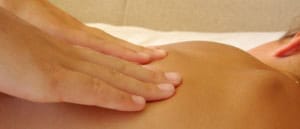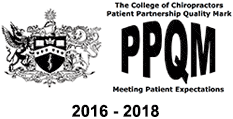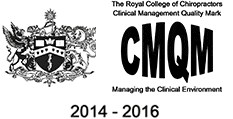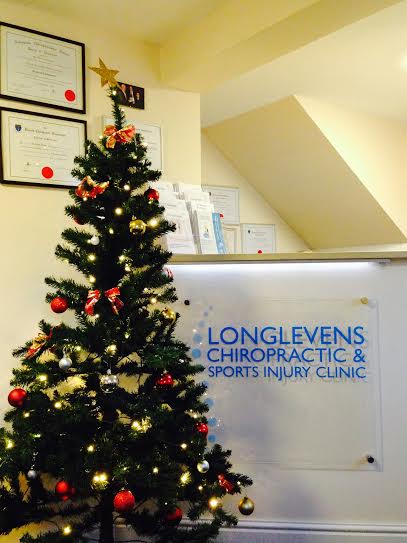Getting Fit in 2015
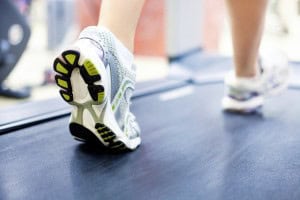 Feeling enthusiastic about losing weight and improving your health through exercise for 2015? After an over-indulgent Christmas, take care before launching yourself into a full-on physical programme as you could be at risk of injury.Tim Hutchful, British Chiropractic Association (BCA) chiropractor, comments: “It’s great to have the will and motivation to get fitter but bear in mind that exercise puts added pressure on our joints and muscles which could cause issues for your back and neck if not introduced to your body in a safe way.”
Feeling enthusiastic about losing weight and improving your health through exercise for 2015? After an over-indulgent Christmas, take care before launching yourself into a full-on physical programme as you could be at risk of injury.Tim Hutchful, British Chiropractic Association (BCA) chiropractor, comments: “It’s great to have the will and motivation to get fitter but bear in mind that exercise puts added pressure on our joints and muscles which could cause issues for your back and neck if not introduced to your body in a safe way.”• Before you begin any exercise programme, it is really important to check that there are no medical reasons why you cannot commence the activity, particularly if you are not normally physically active. Consult your GP if in doubt.
• A BCA chiropractor can advise you on how to approach a new exercise routine and tell you what signs to look for if you’re overdoing it
• Make sure you get the right attire for your chosen activity. Wearing clothes that are too tight when exercising could constrict your movement and lead to injury. You should also make sure you have appropriate footwear for the type of exercise you are doing – most specialist sportswear retailers will be able to guide you on this.
• With all exercise, you need to warm up first. Don’t go straight into it, start with lighter movements like walking or jogging to lessen the chance of muscle strainUse Equipment Properly
• When using weights, make sure your legs are at least hips’ width apart and lift with bent knees. Never keep the knees straight, as this could lead to over-stretching and cause damage to your back. Avoid bending from the waist too, as it will increase stress on your lower back
• A weight held at arm’s length can have the effect of being up to five times heavier, so try to work with weights closer to the body to help avoid injury. Always face the direction you want to carry the weight and lift using a relaxed, straight back without twisting
• If using machines, make sure the seat is positioned correctly for your height. You want to avoid stooping or reaching when using equipment, or you could over stretch your backDedicate Time to Your Back
• Whilst you are ‘in the zone’, why not throw in some stretches and exercises specifically designed to strengthen your back? Easy to learn and do, the British Chiropractic Association has developed a sequence of precise, slow stretches, each with a specific purpose. Visit www.chiropractic-uk.co.uk
British Chiropractic Association, 7 January 2015




